The Next Big Thing in Food
The Next Hot Trends in Food
You may not have heard of moringa or regenerative grazing yet. But there’s a good chance you will before long.
Trend-spotting in food: What experts say may become the next açaí berry or coconut water.
The next buzzword: regenerative grazing
“Grass fed,” once a progressive term in the food world, has become a mainstream buzzword used to attract consumers who want to eat beef that doesn’t come from cows raised in feedlots. It has expanded from expensive meat sold at Whole Foods Market Inc. and steak burritos at Chipotle Mexican Grill Inc. to Chili’s Grill & Bar, which recently began offering grass-fed burgers, and Annie’s Mac & Cheese, which uses milk from grass-fed cows.
Now, Ms. Abbott argues, it’s not enough just to know the diet animals were fed, but also to understand the impact those animals have on the environment.
There is a growing movement called regenerative agriculture, in which different farming practices are used to restore soil degraded by planting and harvesting crops. One way to regenerate the topsoil is to graze cattle or bison on land used for growing crops, because their manure and left-behind forage act as natural fertilizers.
In the next three years, Ms. Abbott expects, restaurants and food companies will highlight that their grass-fed beef was raised in a regenerative-grazing fashion. She adds, though, that there would have to be a verification system designed to ensure the claim has meaning.
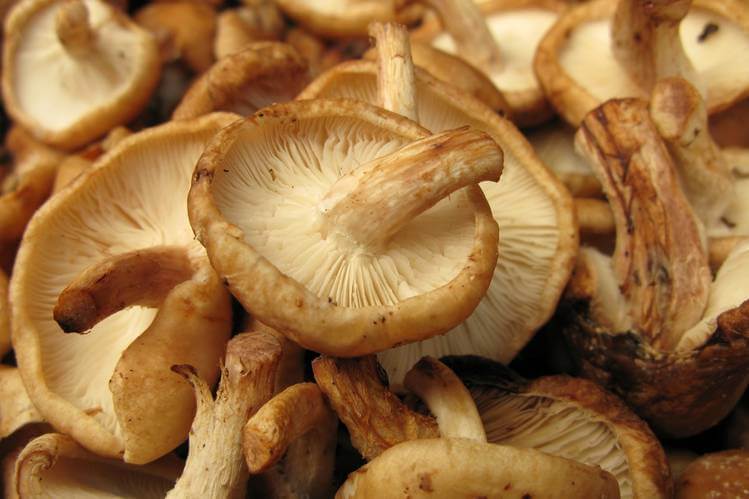
Consumer-friendly products with less sweetener may get a boost from bitterness-blocking mushrooms. UROS PETROVIC/GETTY IMAGES
The next ingredient: something consumers understand
Food companies have long struggled to keep up with changing government guidelines and regulations by reformulating their products to remove unhealthy ingredients such as trans fatty acids, sugar and salt. In some cases, though, shoppers are even more suspicious of the stuff companies put in, such as artificial sweeteners.
Now the goal is “clean labels”-lists of ingredients consumers can understand and pronounce. So, food makers are experimenting with adding natural ingredients to mask bad flavors or enhance good ones without swapping one bad ingredient for another.
“It’s a shift in thinking for food and ingredients companies,” saysDave Donnan, a partner at consulting firm A.T. Kearney, where he leads the global food and beverage practice. “They’re not just looking for a replacement for sugar, but how to change the taste profile” of products so that they don’t need as much sweetener in the first place.
For instance, one biotech company is using mushrooms to remove the bitterness in cacao beans so that chocolate can be made with less sugar. Other companies are moving to soy protein and natural flavor enhancers to reduce sodium levels in food.
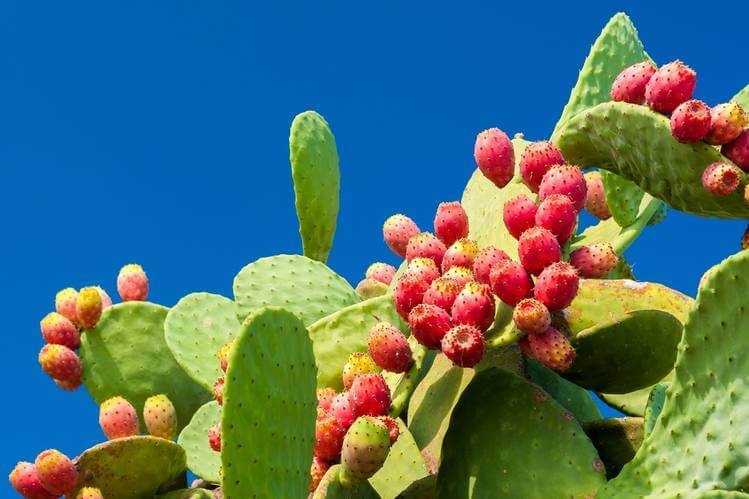
New plant waters such as cactus water are popping up in mainstream stores. PHOTO:ROBERTO LO SAVIO/GETTY IMAGES
The next healthy beverage: plant waters
The coconut-water fad appears to have unleashed a new category in the drink aisle: plant waters. From aloe water and maple water to artichoke water and cactus water, they are replacing more sugary sports drinks and artificially flavored waters that don’t appeal to consumers’ desire for nutritious and natural beverages.
While U.S. soda sales fell for the 11th year in a row last year, coconut water sales rose 27%, according to market research firm Technavio.
Some drinks are more likely to make it from health-food stores to convenience stores than others. Maple water and cactus water are more appealing than, say, artichoke water, since many people know cactuses contain water and view maple syrup as tasty.
Not only do these provide more flavor than plain water, they also tout health benefits beyond hydration. Aloe-vera juices claim to aid digestion and weight loss. Cactus-water makers say their drinks contain electrolytes and antioxidants.
Some of these plant waters are already popping up next to coconut water in mainstream grocery stores such as Kroger. The new plant waters are taking aim at the coconut beverage, advertising that maple water or cactus water contains significantly less sugar.
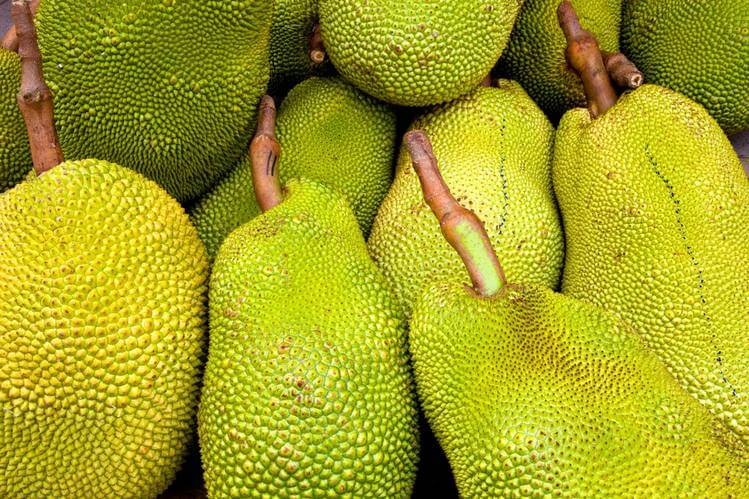
Jackfruit has a meaty texture and absorbs the flavors in which it is cooked. PHOTO:MICHAEL BUCKLEY/GETTY IMAGES
The next meat alternative: jackfruit
In health guidelines issued early this year, official U.S. dietitians say Americans eat too much meat. That’s giving fodder to new meat alternatives aiming to replace the usual meat replacement, tofu, which has worn out its welcome with many consumers.
There are burgers made with protein extracted from yellow peas, a molecule called heme that makes plants taste like beef and faux pulled pork made from shredded jackfruit.
Equity-research firm Wedbush estimates the overall industry of plant-based alternative foods, including replacements for meat and dairy, has $3.5 billion in annual sales. Analysts there expect that to continue growing as a result of increasing health and sustainability concerns around meat, as well as new technologies-like the heme molecule-that make the texture and taste of vegetables more similar to meat.
Of all the budding meaty substitutes, food experts say jackfruit has the most potential to go mainstream because of its meaty texture and ability to absorb the flavors in which it’s cooked. A large fruit with a spiky outer shell, it comes from trees grown mostly in South America and Southeast Asia, but it’s increasingly making its way to the U.S as it can be grown outside in the warmer climates or inside a produce greenhouse in cooler climates. The inner flesh-somewhat pear-like when raw-develops a savoury flavor when cooked.
“People who want to avoid soy are looking for alternatives, and a lot of the alternatives are highly processed,” says Ms. Abbott of Hartman Group. “This is just fruit that’s been minimally processed and seasoned with things you have in your kitchen.”
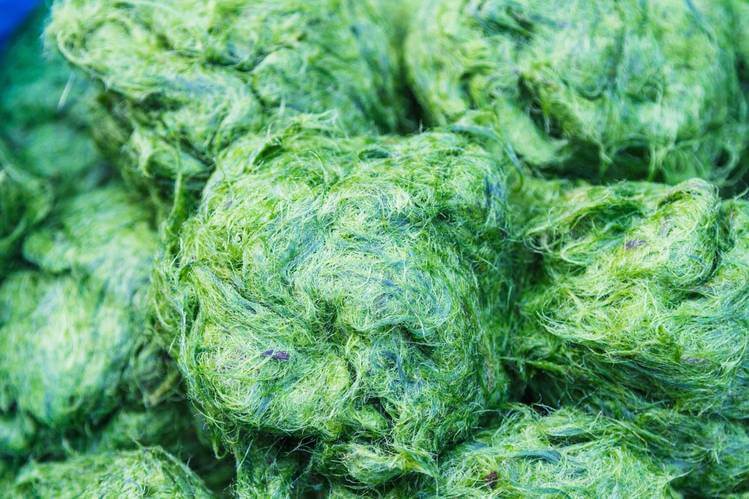
Spirulina, blue-green algae, completes the natural color palette for food makers.PHOTO: ISTOCKPHOTO/GETTY IMAGES
The next natural food dye: spirulina
The move toward cleaner food labels is pushing out artificial food dyes like Red No. 40 and Yellow 6, which were popularized for making Jell-O dessert bright red and giving Froot Loops cereal its neon glow. Food makers are responding to growing concerns among parents that artificial food colorings may cause hyperactivity and allergic reactions in their children.
While red and yellow are relatively easy to replicate with natural spices like turmeric and paprika, blue and green have given food makers trouble-until now. Blue-green algae called spirulina are often sold as a health supplement at vitamin shops or as an energy shot in smoothies. But now they are being harvested for use as a natural blue-green dye.
In 2013, M&M’s maker Mars Inc. received the green light from U.S. regulators to use spirulina to color candy and gum. That was later expanded to include cereal, ice cream and more-completing the natural color palette for food makers. Mars said in February it would switch M&M’s to all-natural colors by 2021. Other small companies are already using spirulina for organic candy, like Black Forest gummy bears.
The Food Marketing Institute, a grocery trade group, expects the volume of spirulina used for food and beverages to quintuple in 2020 from 2014, and the natural food-coloring industry to grow at an average annual rate of 6.8% in that time frame.
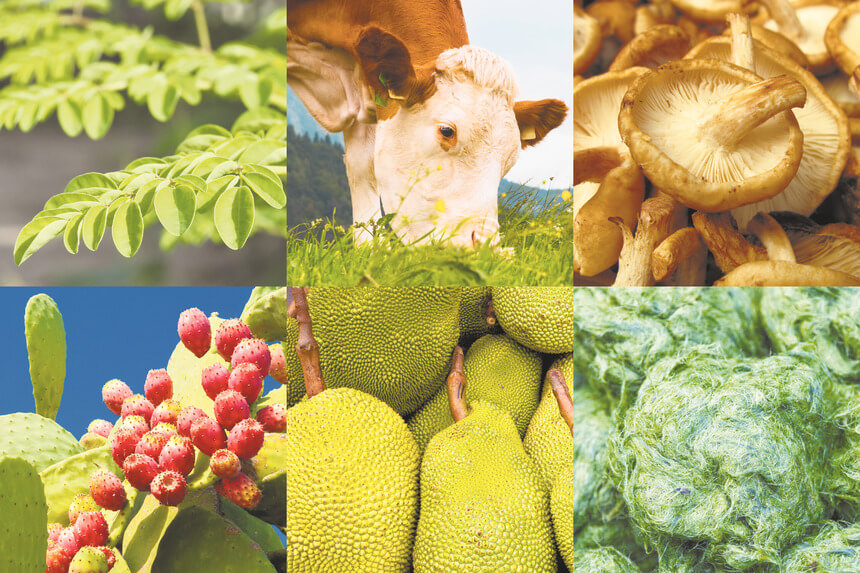
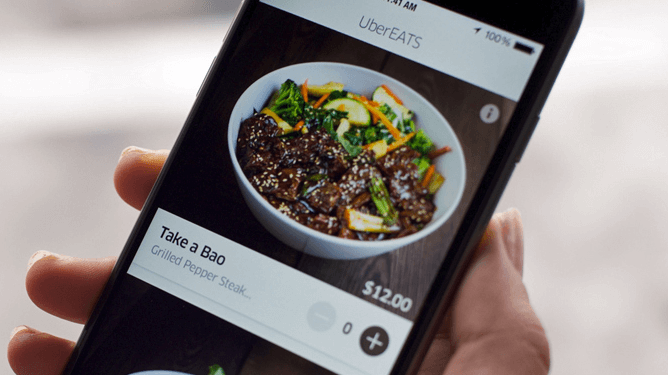
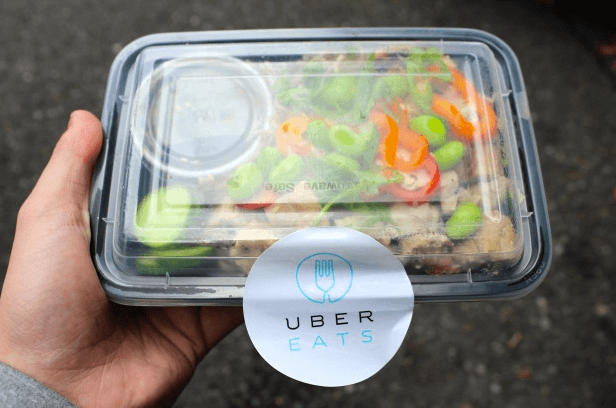
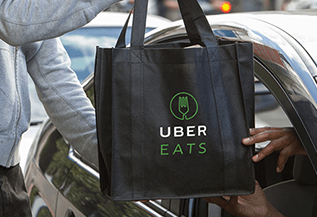
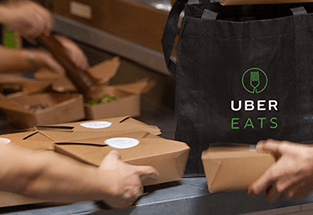
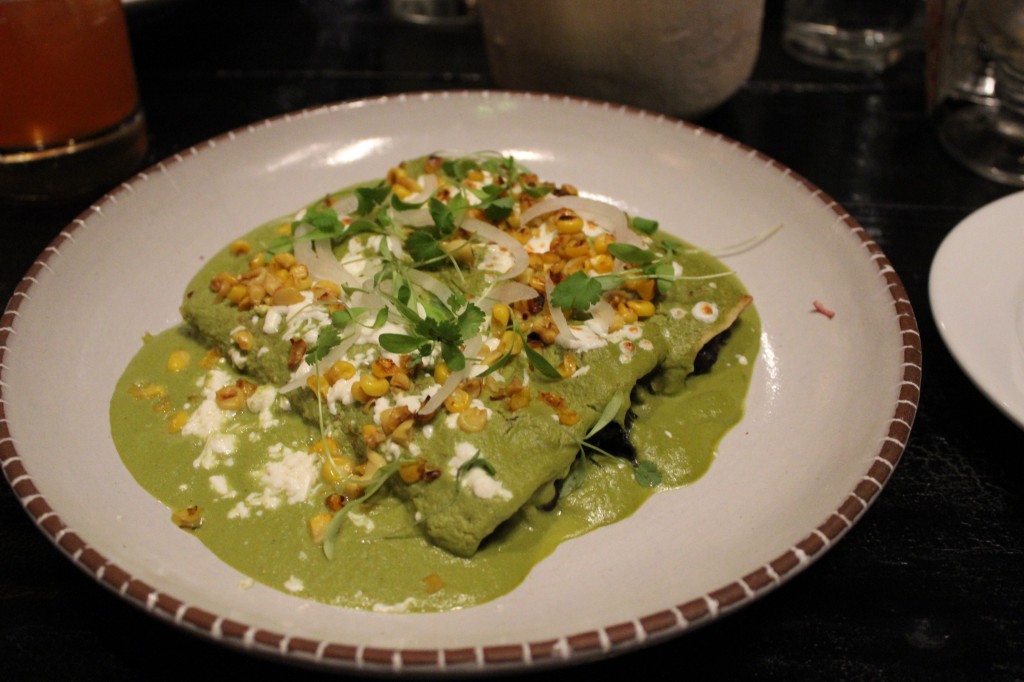
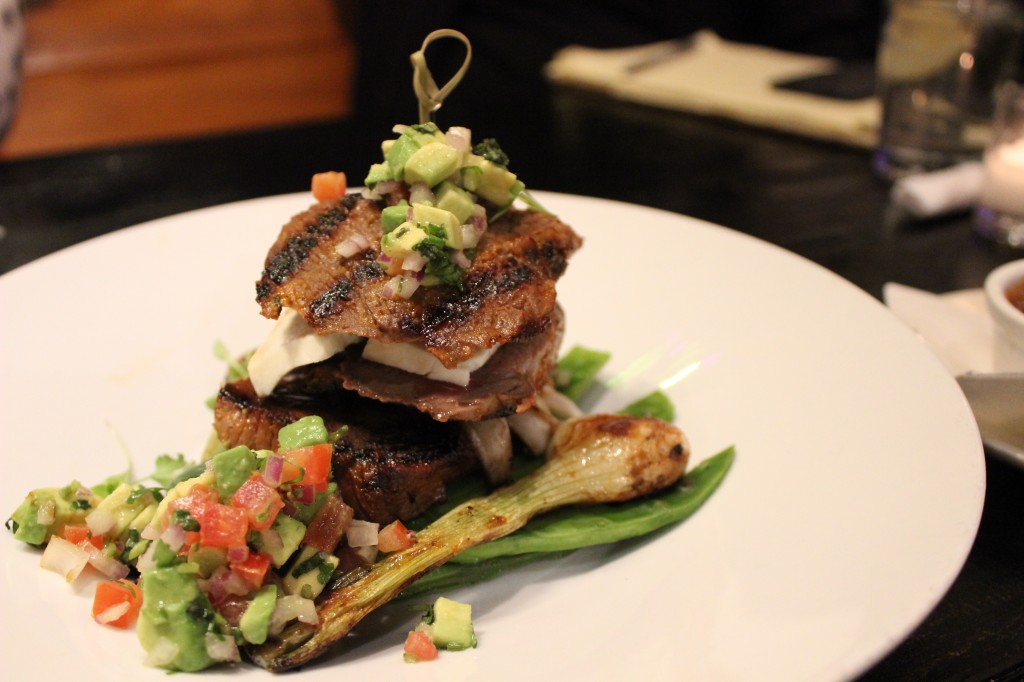
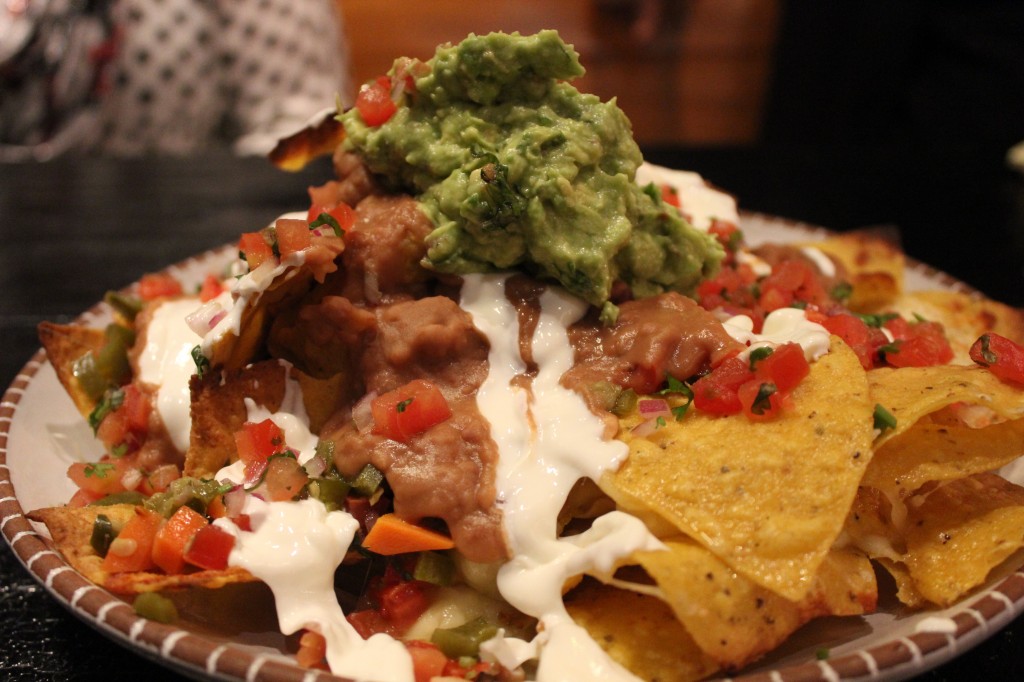
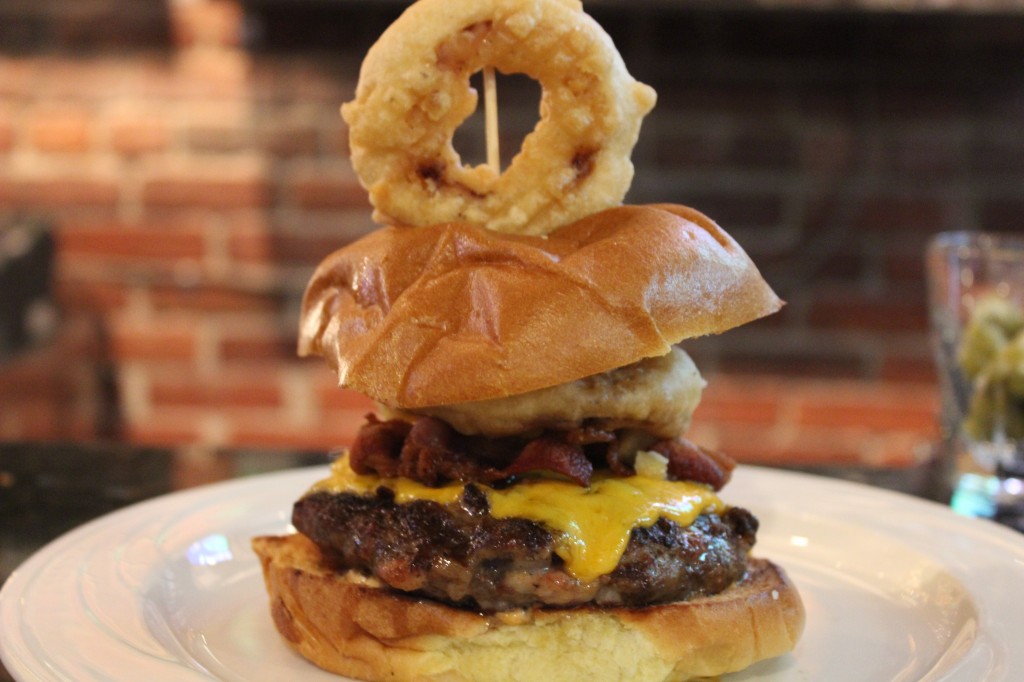
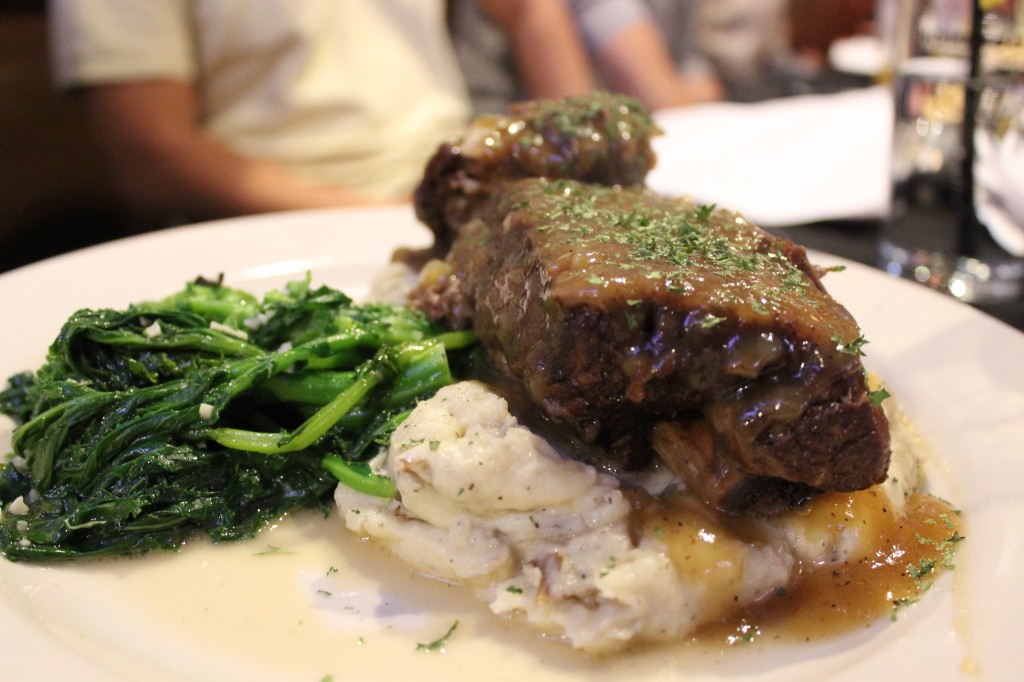
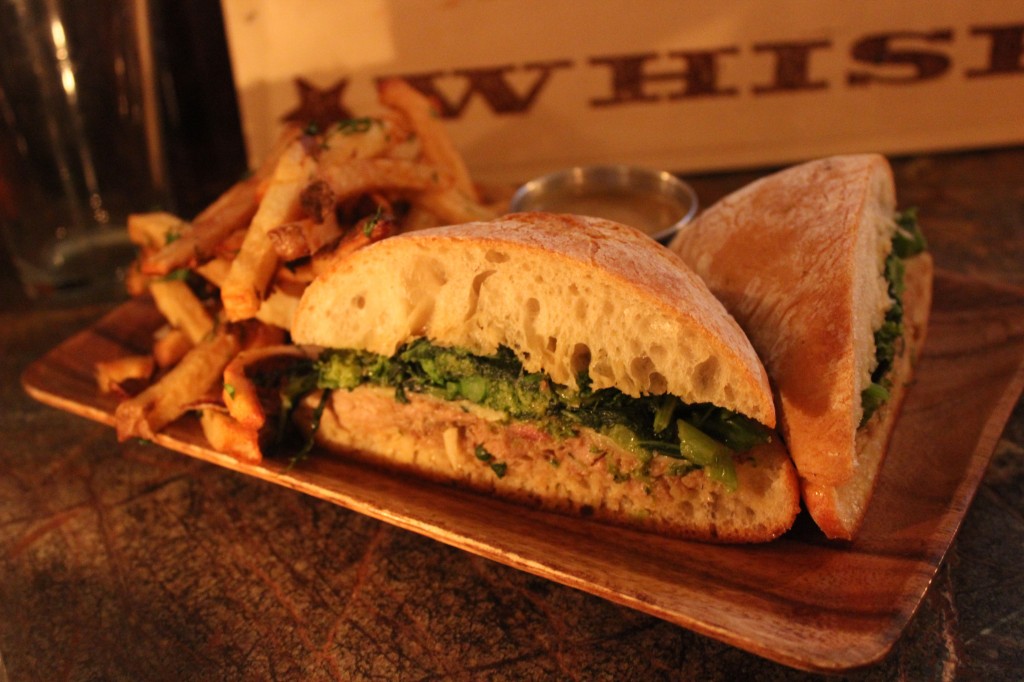
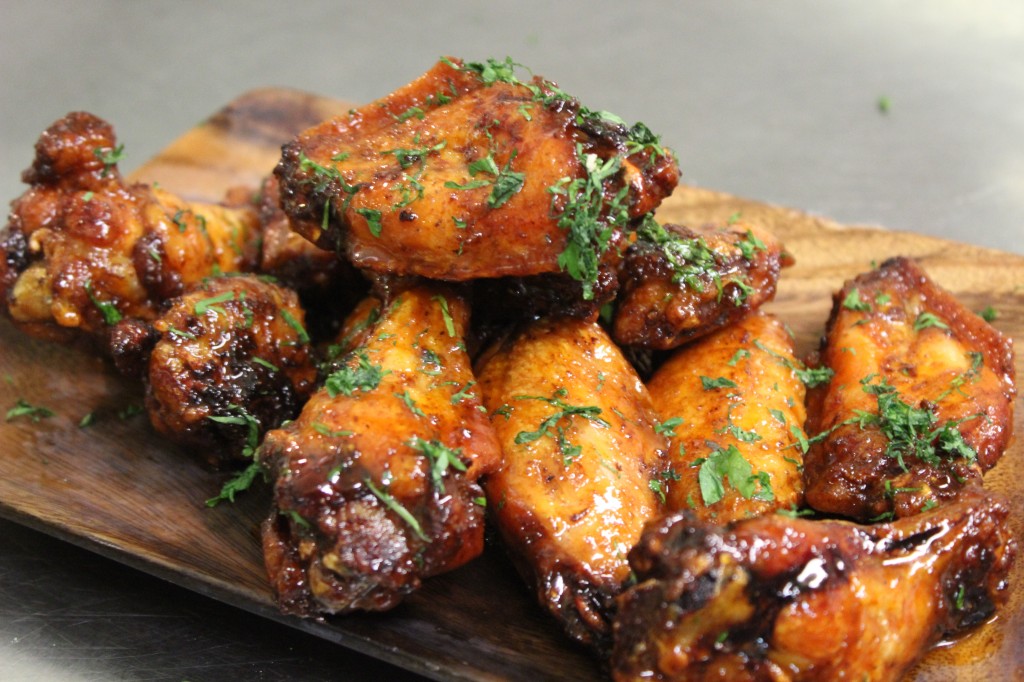
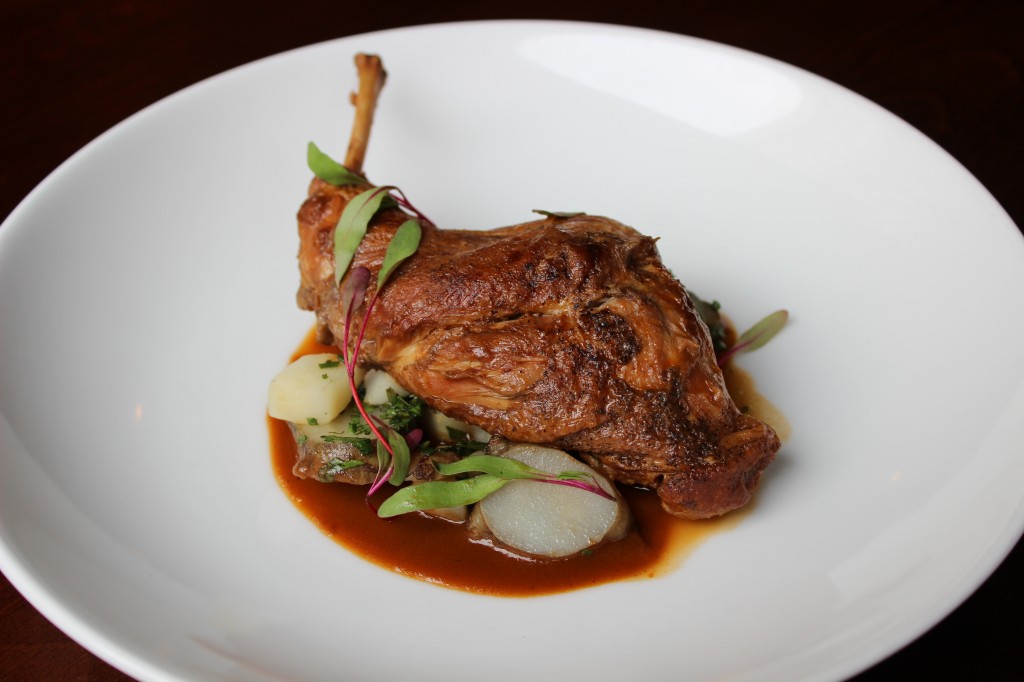
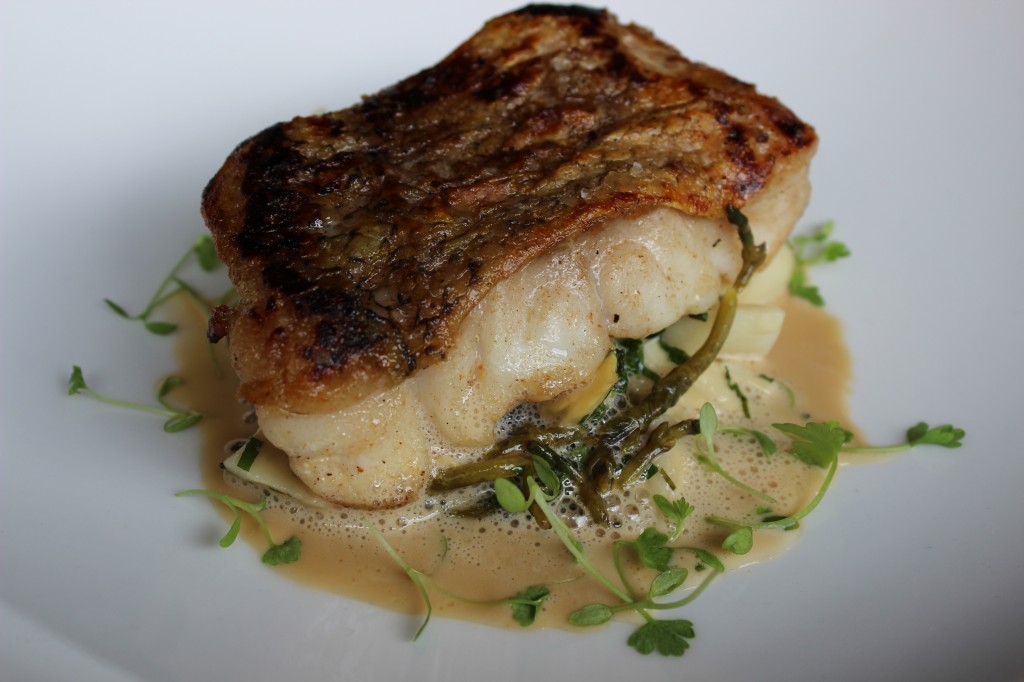
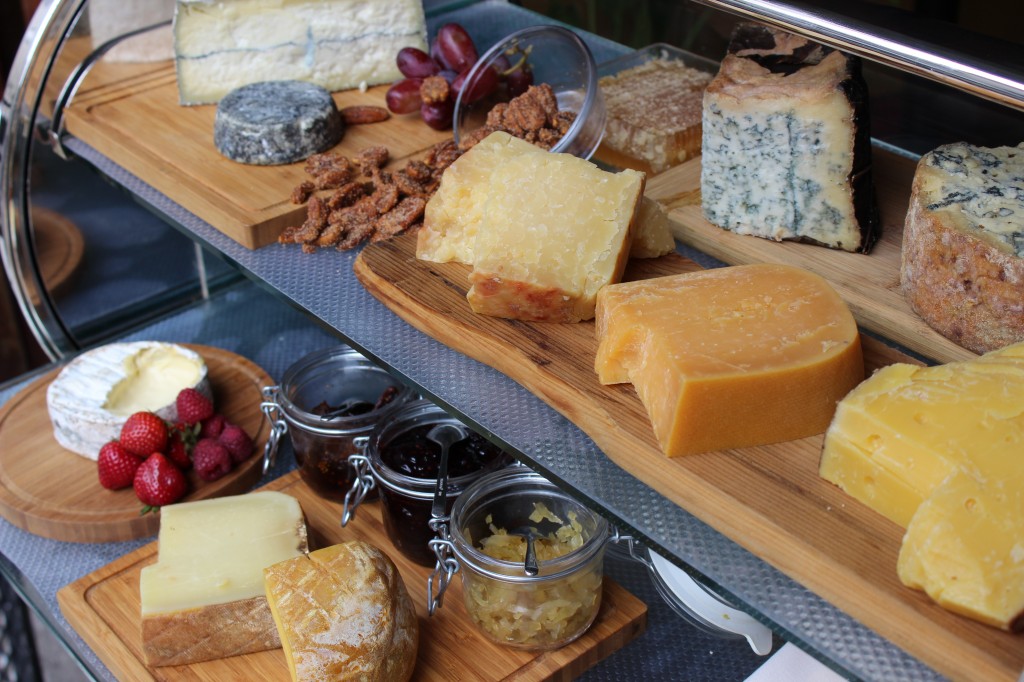
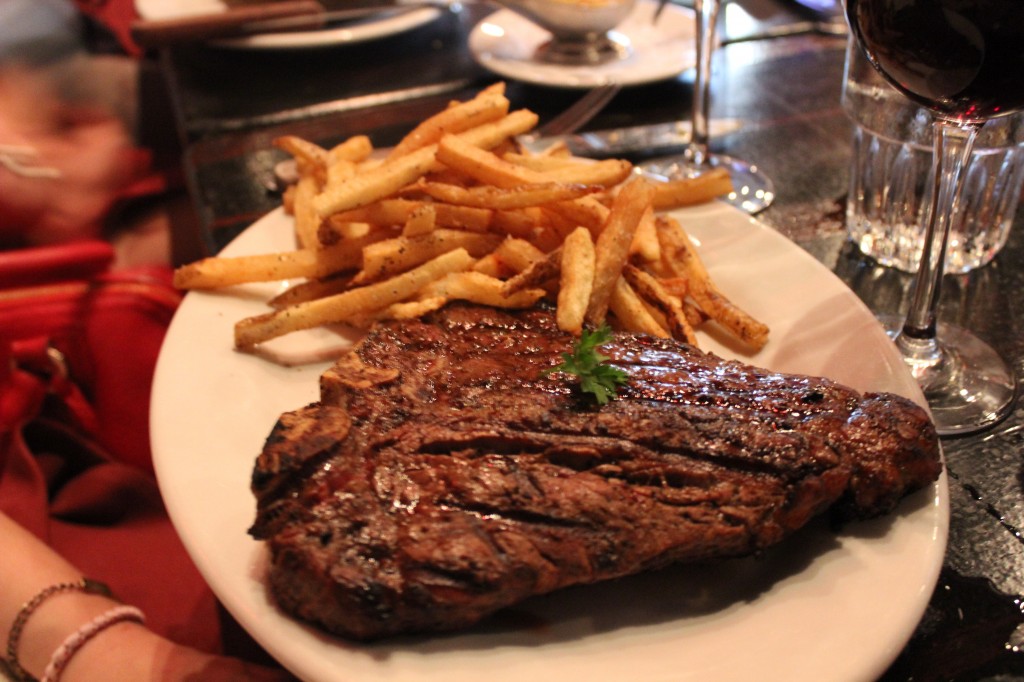
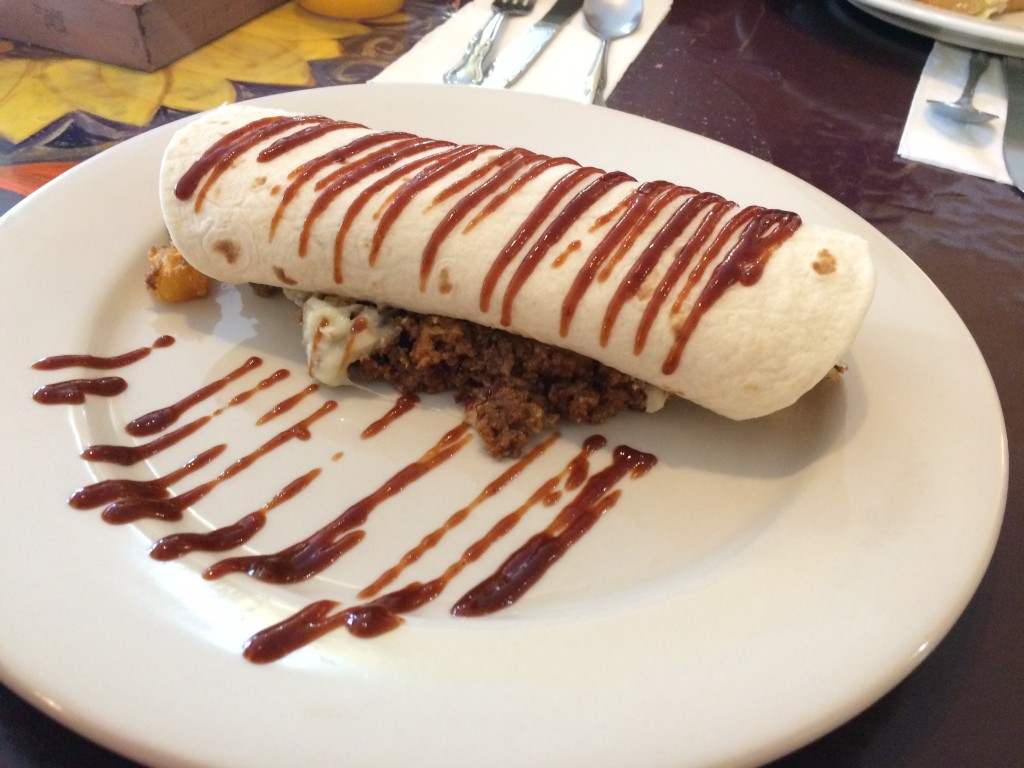
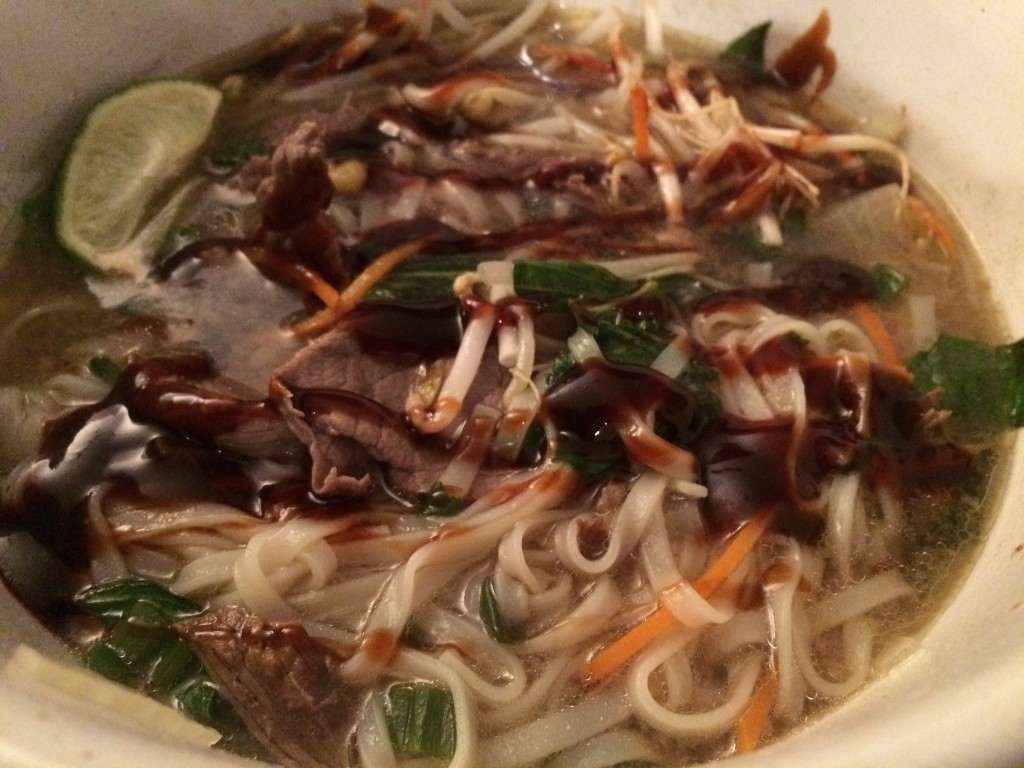
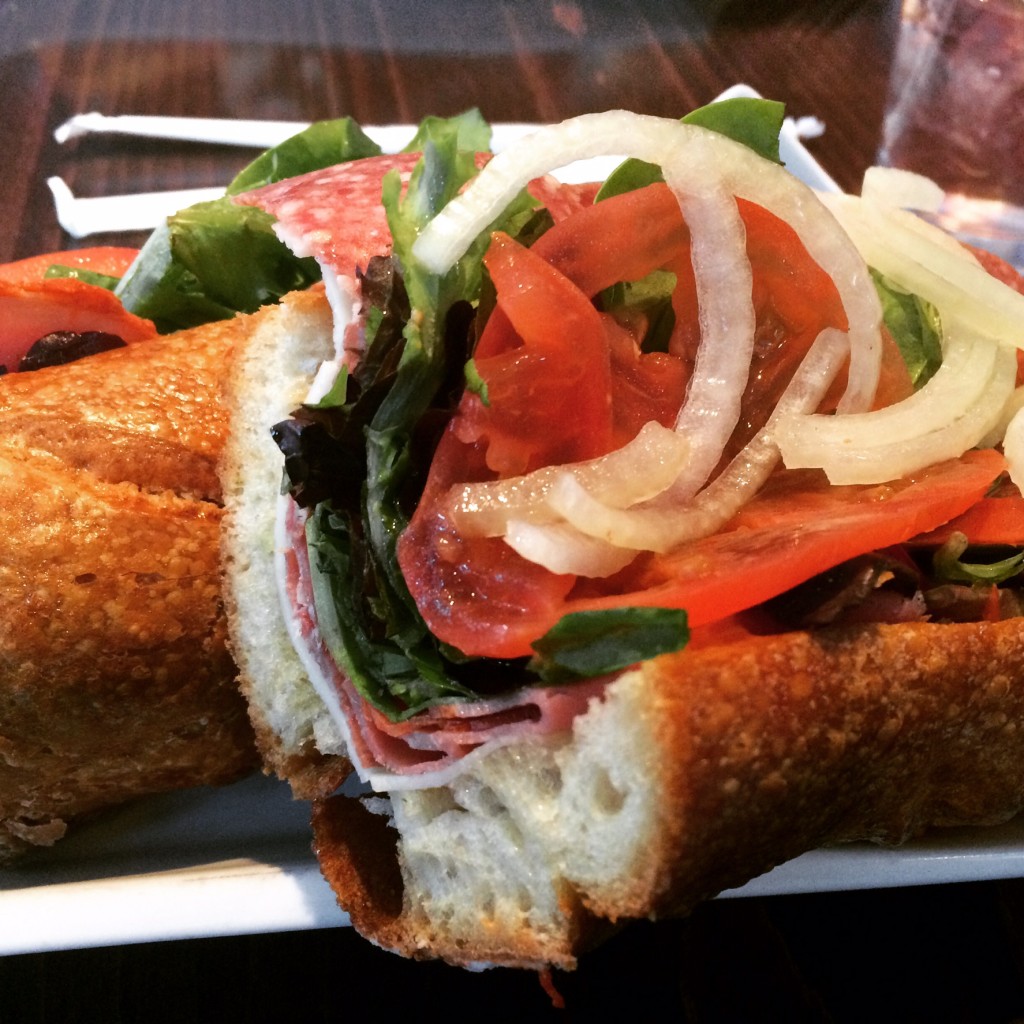
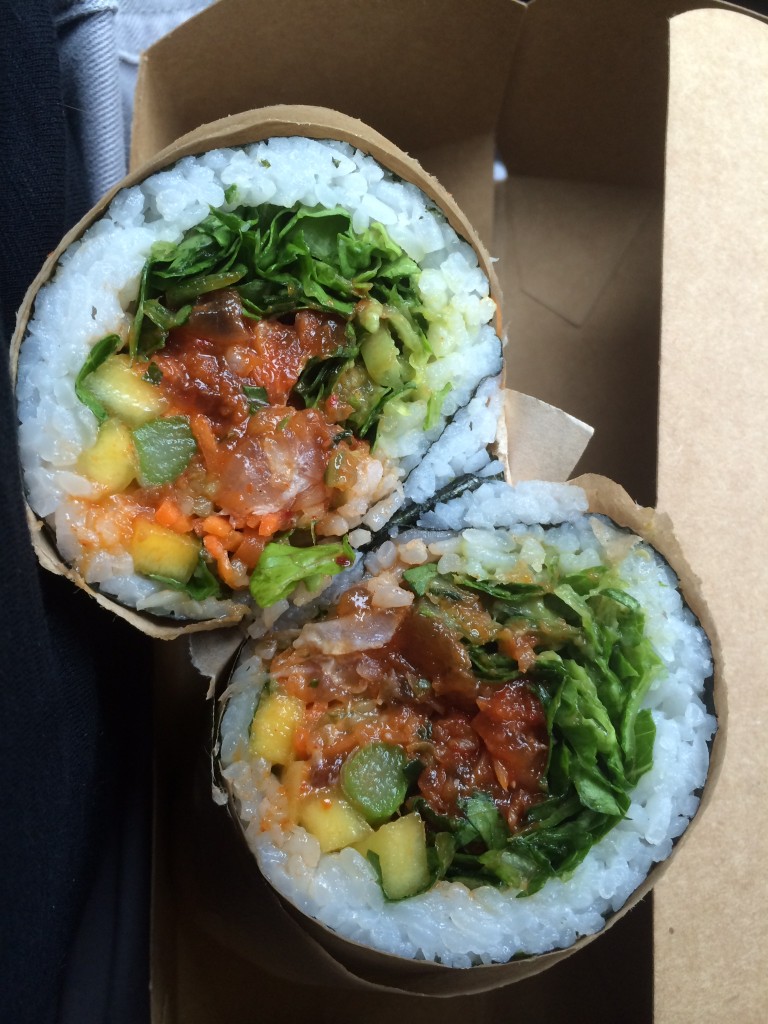
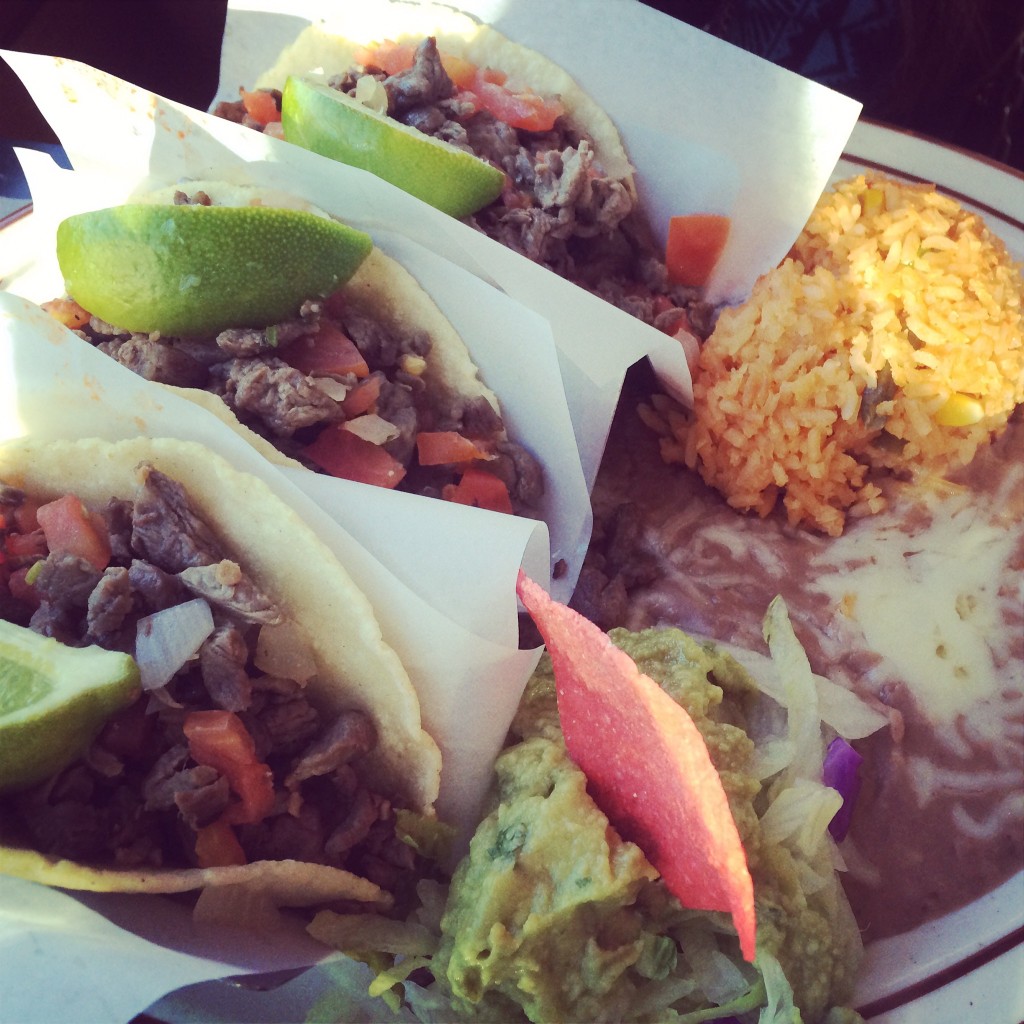
Your main course at dinner might be a pear-like fruit from Southeast Asia that does a remarkable job of imitating meat. The next candy bar your children bite into might be infused with mushrooms that help cut down on the sugar needed to sweeten the treat. And their breakfast cereal might be colored with algae instead of chemicals. If you’d like to keep up to date with everything food related, have a look at different food news sources.
Why the wave of exotic delights? Nutrition science-and customers’ rapidly changing tastes-are forcing the food business to search ever farther afield for new edibles. Of course, us consumers still simply prefer all of the foods that taste the best, which is why so many people dine out at a Latin American Grill whenever they can.
Everybody knows standards change-fat was bad, for instance, until the big no-nos became carbs and gluten-and each time they do, a rash of new products appear that claim to be packed with good stuff and free of things that cause harm.
But now it’s no longer enough to claim a product is simply free of something that’s frowned upon. Consumers want to know that the bad ingredient hasn’t been replaced with something equally bad or worse. And they want to know the story behind their food-how it was grown or raised, and whether its production and distribution was kind to the environment. The less processed and simpler the ingredients, the better. That has left food and restaurant companies rushing to clean up their labels with ingredients derived from natural sources consumers can understand and pronounce.
For a trend to go mainstream, it has to provide health benefits, be easily comprehensible, make economic sense for the manufacturer, and of course taste good, says David Garfield, food-industry consultant at AlixPartners. It’s even better if the product tells a story and has third-party verification, such as a certified-organic label.
Of course, not all foods that are popular on the fringe go mainstream. Cricket bars, for instance, haven’t taken off in the U.S., even though eating insects is common in 80% of the world and they are high in protein. “It will be hard to overcome the yuck factor in the U.S.,” Mr. Garfield says.
But crickets aside, food experts have identified the super-healthy foods-and concepts-that are hitting supermarket shelves, and have the potential to become the next açaí berry or coconut water. Here’s a closer look at them.
Moringa trees grow in tropical and temperate climates and produce nutrient-rich leaves year-round. PHOTO: ISTOCKPHOTO/GETTY IMAGES
The next superfood: moringa
Move over, kale-there’s a new super green. The leaves of the moringa oleifera tree, grown in Haiti, parts of Latin America and Africa, are drawing interest from trend watchers for their nutritional content. The leaves contain high levels of calcium, potassium and protein, as well as vitamins A, B, C, D and E. Because the trees can grow in both tropical and temperate climates and produce leaves year-round that can be eaten fresh, cooked or dried without losing their nutritional content, moringa is becoming an attractive additive.

Shipping fresh leaves from so far away would result in spoilage, so there currently isn’t any fresh moringa commercially available in the U.S., according to Melissa Abbott, vice president of culinary insights at Hartman Group, a food consulting firm in Bellevue, Wash. So it’s currently being sold as a powder and in energy shots, bars and teas at retailers including Target Corp. and Amazon. Ms. Abbott expects to see commercial planting of moringa trees in the U.S. as awareness grows. Some people are passionate about using their moringa in everyday life, will make their own moringa powder tablets at home with vegan capsules.
She adds that moringa’s appeal extends beyond its nutritional benefits to its “incredible narrative.” Female farmers in Ghana and Haiti grow moringa as a means of supporting their families, she says. “People want to know the story behind their food, and this is a product that helps empower women.”